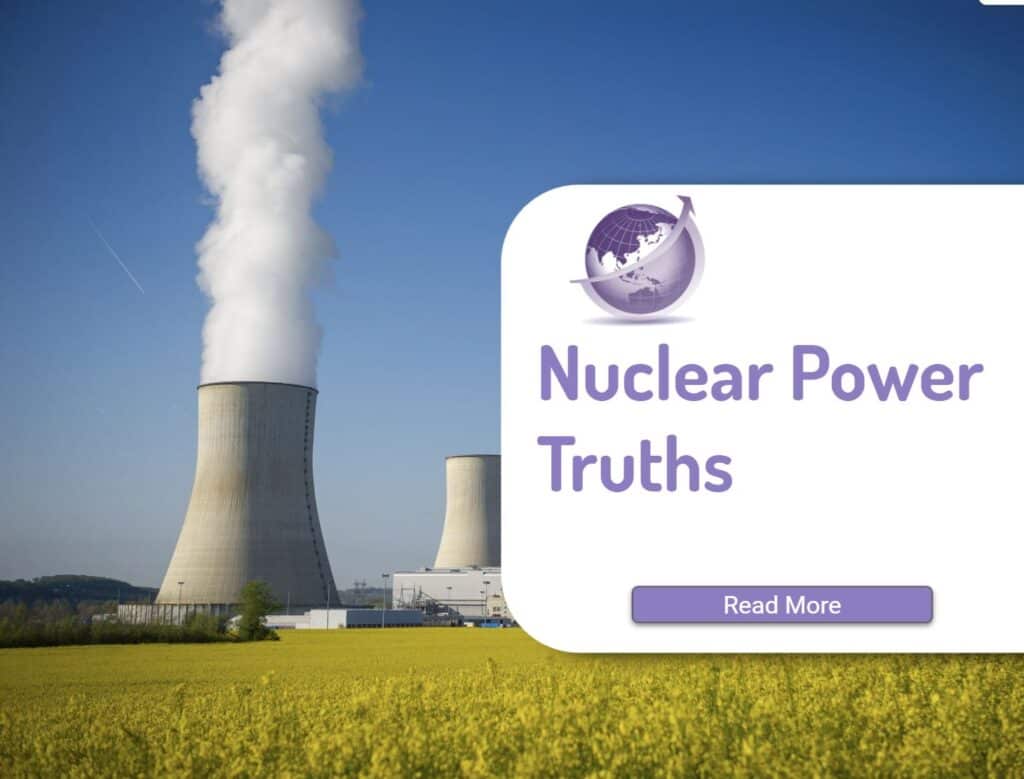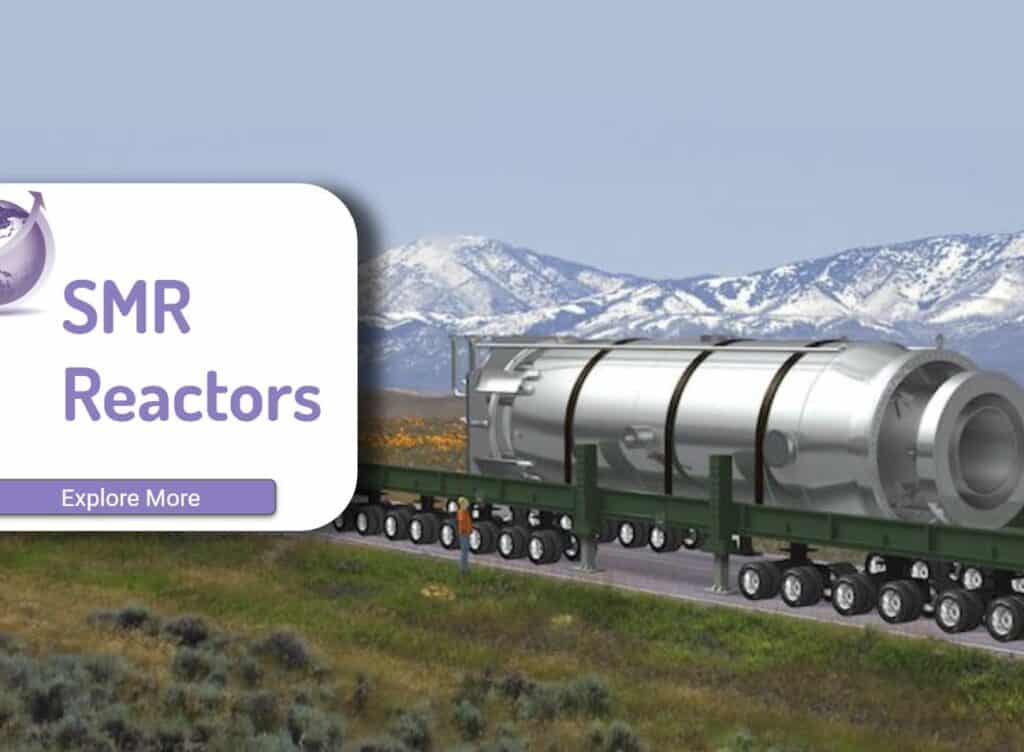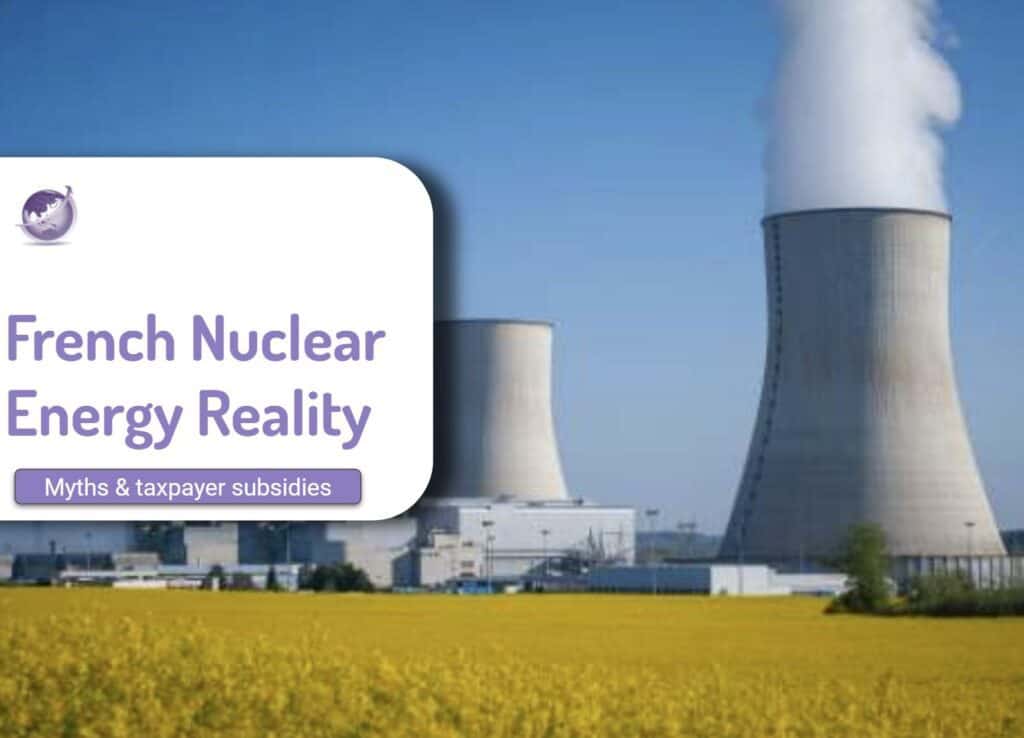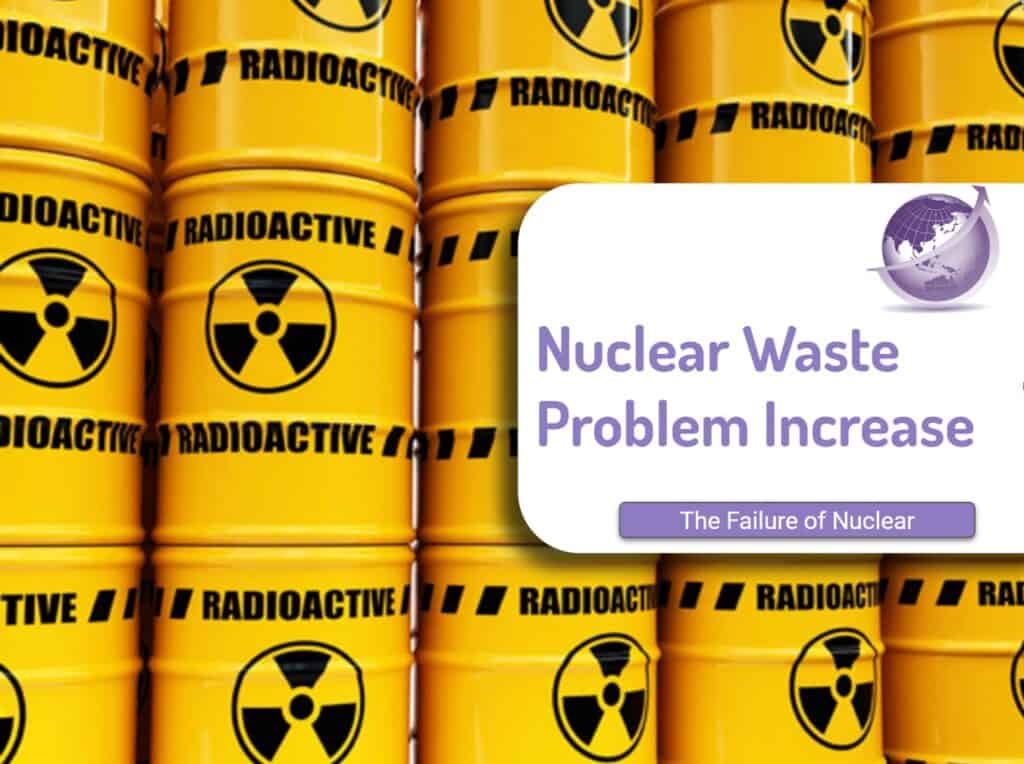The endless claims that nuclear is the safest of low emissions are annoying so here is a paper that presents a far less cheerful reality that nuclear is not safe. Unless you are happy with a major event every decade.
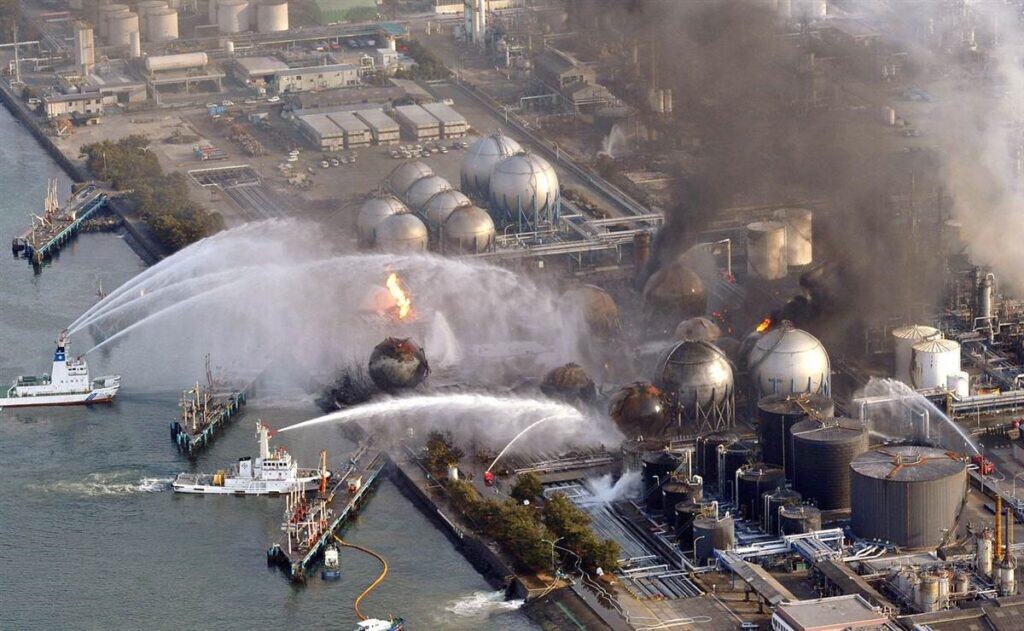
Here are the key points and insights from the paper by Rose et al.
Key Points
- The authors analyzed past core-melt accidents to estimate a failure rate of 1 per 3704 reactor years. That’s about 1 per decade with current operating reactors.
- They found that learning effects from past accidents were limited or absent, depending on the database used.
- The International Atomic Energy Agency (IAEA) does not have a publicly available list of nuclear accidents, making it difficult to analyze accident probability and learning effects.
- The authors used data compiled by the Guardian newspaper and energy researcher Benjamin Sovacool as an alternative source.
Insights:
- The study suggests that more severe nuclear accidents can be expected than previously thought.
- Nuclear power operators may not learn from past experiences, which could increase the risk of future accidents.
- The complexity and tight coupling of components in nuclear power plants make them inherently unsafe, according to Charles Perrow’s “normal accident theory”.
- Statistical analysis supports the idea that serious accidents with complex high technologies are inevitable.
Implications:
- Public support for nuclear power cannot be based on full knowledge due to limited access to information.
- A more detailed analysis of nuclear accident probabilities requires transparency from the IAEA and better data availability.
- The study’s findings highlight the need for caution when evaluating the safety of nuclear power plants, even with improvements in operation and reliability.
More Reading
- Rose, T., & Sweeting, T. (2016). How safe is nuclear power? A statistical study suggests less than expected. Bulletin of the Atomic Scientists, 72(2), 112–115. https://doi.org/10.1080/00963402.2016.1145910 https://www.tandfonline.com/doi/10.1080/00963402.2016.1145910


